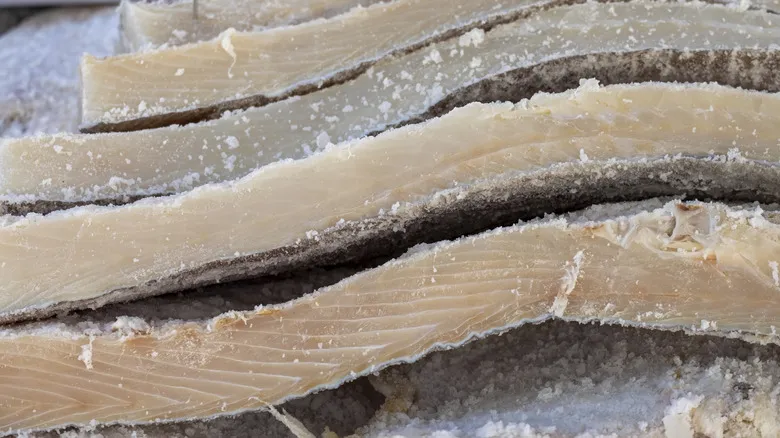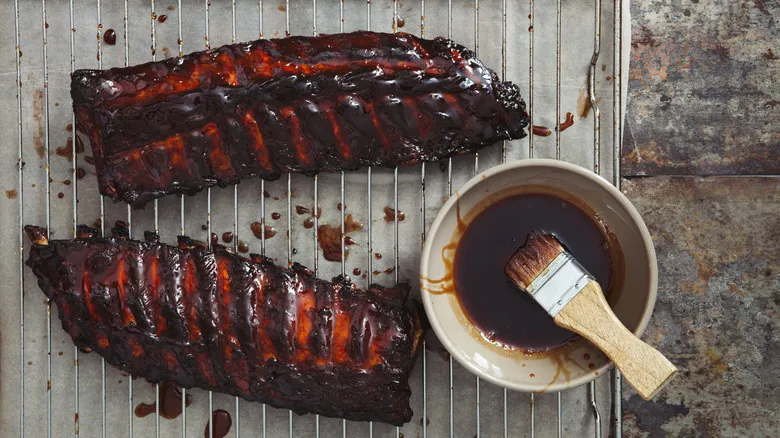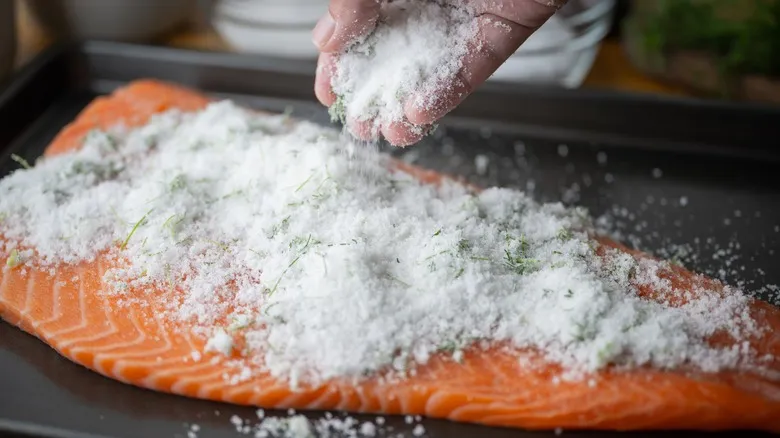Balancing salt and sugar in your fish

The rationale behind those ratios lies in the functions that salt and sugar serve in the curing process. Whether you're preparing cold-smoked salmon or curing tuna for fish jerky, the purpose of curing is to utilize salt and sugar to extract moisture from the fish, which inhibits the growth of harmful bacteria. Consequently, the fish fillet becomes firmer and starts to absorb the flavors of the curing mixture. Both salt and sugar play crucial roles in this process, so even if you opt for a higher salt content, don’t overlook the importance of sugar. It won’t render the fish overly sweet; rather, it will balance the saltiness and ensure the fish doesn’t taste excessively salty.
What other ingredients can you incorporate into a cure besides salt and sugar? Gravlax, a traditional Scandinavian dish, features salmon cured with salt, sugar, and fresh dill. Citrus is another popular addition; you can achieve this by blending salt and sugar with grated lemon or lime zest before applying it to the fish. Avoid adding water, as this would shift the process from curing to brining. Instead, curing is often referred to as a "dry brine." Regardless, it’s a delightful method to infuse flavor into a beautiful piece of fish.
Recommended

Baking Soda Can Help You Effortlessly Peel Boiled Eggs

How Many Toppings Is Too Many When It Comes To Burgers?

The Underrated Tool Ina Garten Swears By When Mixing Burger Meat

Bobby Flay's Go-To BBQ Sauce Is Bone Suckin' Good
Next up

